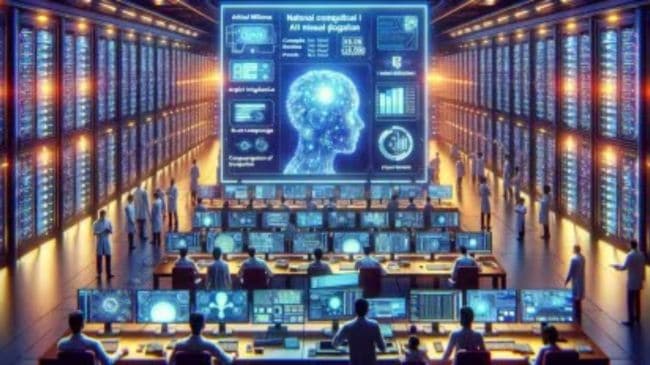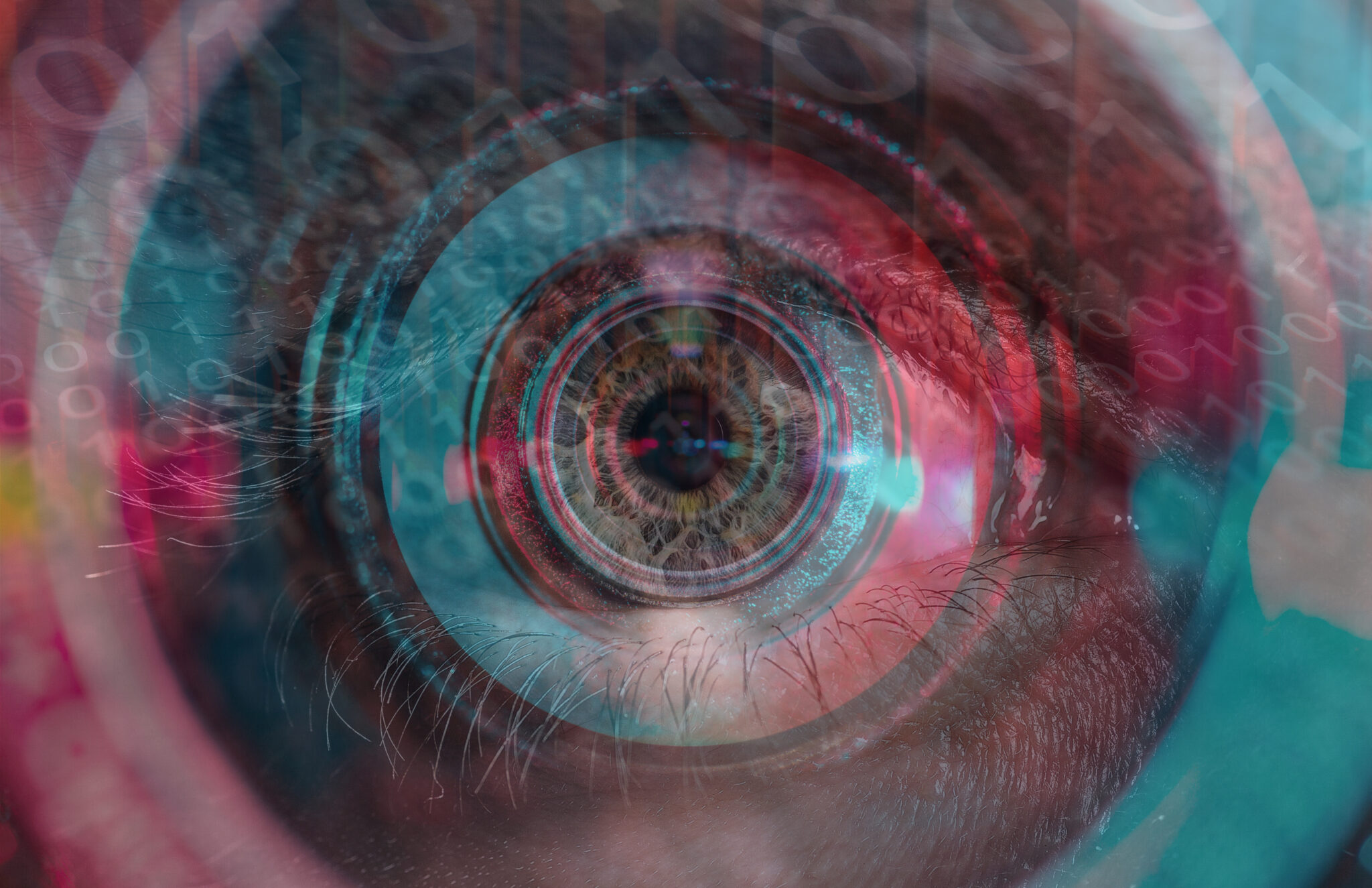The Rise of Text-to-3D Generation: Exploring Cutting-Edge Models
If you are fascinated by the intersection of artificial intelligence and visual creativity, you’re in for a treat. OpenAI, a pioneering organization, has recently unveiled Point-E, a groundbreaking text-to-3D generation model. With its impressive capabilities, Point-E aims to outperform other text-based 3D models, including Google’s DreamFusion. In this article, we will delve into the world of text-to-3D models, exploring the innovative advancements that are shaping the metaverse. But before we dive into Point-E, let’s take a moment to understand the significance of 3D reconstruction models and their impact on virtual experiences.
3D Reconstruction Models Make Metaverse More Possible
Over the years, 3D reconstruction models have played a pivotal role in enhancing the metaverse. These models have revolutionized the way we perceive and interact with virtual environments. Google’s introduction of Neural Radiance Field (NeRF) paved the way for a new generation of 3D models, inspiring the creation of numerous similar models. These models have proven to be invaluable in generating realistic 3D representations.
Now, let’s explore some noteworthy text-to-3D models, apart from Point-E, that have gained recognition for their remarkable capabilities.
DreamFusion: Pioneer of 3D Mesh Creation
DreamFusion, developed by Google, stands as one of the early pioneers in the field of 3D mesh creation. This software employs 2D Diffusion to synthesize text into images. By leveraging NeRF, DreamFusion renders 3D models that predict 2D images from different angles, which are then combined to form a cohesive object. The research paper associated with this model proposes Score Distillation Sampling (SDS) as a means to optimize sample generation in 3D spaces, allowing users to fine-tune and optimize samples effectively.
To learn more about DreamFusion, you can access the research paper here.
Magic3D: Enhancing Quality and Fidelity
NVIDIA, a prominent player in the AI industry, introduced Magic3D as a text-to-3D model that surpasses DreamFusion in terms of output quality. Magic3D addresses two significant limitations present in previous models: the slow optimization of NeRF and low-resolution space supervision. NVIDIA achieves this by leveraging the stylistic capabilities of eDiffi, their text-to-image diffusion model. Magic3D allows users to fine-tune the input image using DreamBooth, resulting in highly optimized 3D models with maximum fidelity.
For detailed insights into Magic3D, refer to the research paper available here.
Text2Mesh: A Different Approach to Styling 3D Meshes
Text2Mesh presents a unique approach to 3D mesh styling by predicting local geometric details and colors based on text prompts. This model conforms the details of the 3D model to the given text, achieving stylization that aligns with the prompt. Unlike other models, Text2Mesh does not rely on pre-trained generative models or 3D mesh datasets. It showcases the ability to handle low-quality meshes while ensuring view-consistency and meaningful stylization across the entire 3D shape. Researchers harnessed the power of CLIP, an image-text embedding model, to achieve impressive results.
To explore Text2Mesh further, click here.
CLIP-Mesh: Zero-Shot Generation of 3D Models
Developed by researchers at Concordia University, CLIP-Mesh adopts a zero-shot generation technique to create 3D models based on text prompts. Leveraging a pre-trained CLIP model, CLIP-Mesh compares input text prompts with rendered images to generate 3D models directly. This approach eliminates the need for additional steps involved in Google’s method of converting meshes using NeRF. CLIP-Mesh offers a streamlined and efficient process for generating high-quality 3D models.
For more information about CLIP-Mesh, visit here.
In conclusion, the realm of text-to-3D generation is witnessing remarkable advancements. OpenAI’s Point-E, along with other cutting-edge models like DreamFusion, Magic3D, Text2Mesh, and CLIP-Mesh, have ushered in a new era of visual creativity. These models empower users to breathe life into their text-based ideas, transforming them into immersive 3D experiences. As the metaverse continues to expand, we can expect further innovations that blur the boundaries between imagination and reality.









Leave a Reply